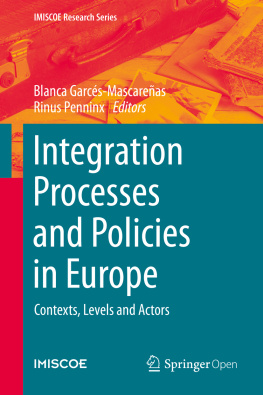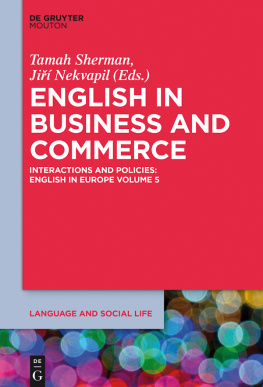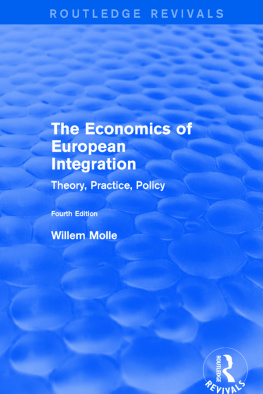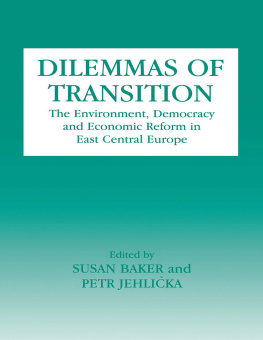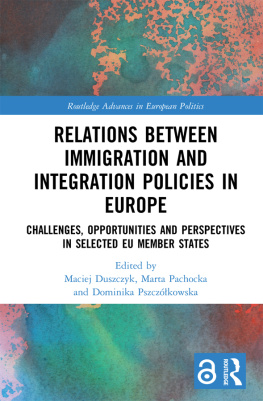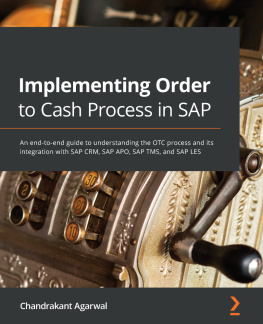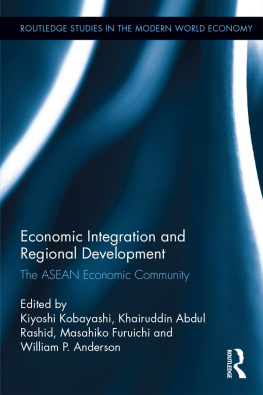The EU Concept of Integration: From a Two-Way to a Three-Way Process
The reference to integration as a three-way process in the title of this chapter relates to the European Commissions recent departure from viewing integration as a strictly two-way process (between migrants and the receiving society) to now acknowledge that countries of origin can have a role to play in support of the integration process (EC , 10). Where does this change in policy perspective come from? The Europeanization of immigration and integration policy has followed different rhythms. During the 5 years of the Tampere Programme (19992004), immigration policies dominated the agenda. Integration was defined in a rather limited way in that early phase: until 2003 EU policies started from the implicit assumption that if the legal position of immigrants was equal (in as far as possible, as the Tampere programme stipulated) to that of national citizens and if adequate instruments were in place to combat discrimination, integration processes could be left to societal forces. Thus, legal integration (= equality) was to be ensured by means of the directives on family reunification and free movement after 5 years and by comprehensive anti-discrimination directives.
In 2003 the European Commission came up with a more comprehensive view on integration policies in its Communication on Immigration, Integration and Employment (EC ). This defined integration as a two-way process based on reciprocity of rights and obligations of third-country nationals and host societies [and foreseeing] the immigrants full participation. Integration was conceived as a balance of rights and obligations, and policies took a holistic approach targeting all dimensions of integration (including economic, social, and political rights; cultural and religious diversity; and citizenship and participation).
One year later, in November 2004, the Council of Ministers responsible for integration agreed on the Common Basic Principles (CBPs) for integration as a first step towards a shared framework for a European approach to immigrant integration and a point of reference for the implementation and evaluation of current and future integration policies (Council of the EU ). The first article of the CBPs defines integration as a dynamic, two-way process of mutual accommodation by all immigrants and residents of Member States.
Within this common EU framework the Commission set up a quasi-open method of coordination (Geddes & Scholten , 13).
In this process the EU has gradually expanded its definition of immigrants integration. In the ).
A major shift in policy framing came in 2011 with the renewed European Agenda for the Integration of Third-Country Nationals, which added the countries of origin as a third key actor in the process of immigrants integration, thereby introducing the three-way process.
Countries of origin can have a role to play in support of the integration process in three ways: 1) to prepare the integration already before the migrants departure; 2) to support the migrants while in the EU, e.g. through support via the Embassies; 3) to prepare the migrants temporary or definitive return with acquired experience and knowledge (EC , 10).
Several questions are raised by this shift from a two-way to a three-way process approach, which basically means a shift in focus from two actors (immigrants and host community) to three actors (immigrants, host community, and countries of origin). A first question is why this shift took place; that is, what did it respond to. The second, more fundamental question is whether the three-way process is a relevant way to look at integration. It is this question that underpins this book. Our attempt to respond to this question should be understood as an academic assessment a posteriori of a political definition that does not seem to have been directly supported by previous academic research.
In order to answer these concrete questions on EU policies, we take a step back to consider three somewhat broader and interconnected issues: (i) the way integration is conceptualized and studied in Europe; (ii) the way integration policies are studied and how the concept of integration is used in policy formulation and practice; and (iii) the way new perspectives and actors (e.g., those in countries of origin) are incorporated in analyses of integration processes and policies.
The Academic Approach to Integration and Policies
How does the development of the concept of integration in policies, as outlined above, reflect academic work on integration of newcomers in a society? Are the conceptual changes in EU policies inspired by academic approaches? Or, is the academy saddled with the task of legitimating a new concept divined by policymakers? Historically, the forerunners of integration studies, classical assimilation theories, defined settlement and incorporation as a more or less linear process in which immigrants were supposed to change almost completely to merge with the mainstream culture and society. For instance, Warner and Srole (), who introduced this concept at the end of the Second World War, assumed that all groups in US society would evolve towards the American way of life. While this was seen as a straight-line process, these authors noted that the pace might vary depending on factors such as cultural distance (the Anglo-conformity gap) and racial categorizations, thus mostly depending on the characteristics of immigrant groups.
The main criticisms of this one-sided perspective explain the gradual shift towards the currently dominant two-way process to integration. Safi (, 2).
This claim has gradually been confirmed by empirical research on immigrants integration. While most studies before the 1980s focused on the micro-level of individual migrants and their households, research since the 1990s has given increasing attention to the meso-level of organizations (of migrants themselves and of civil society in general) and the macro-level of structural factors (see Penninx ). Cross-national comparisons that examine the same immigrant group in different national and local contexts enable researchers to assess the role of contextual factors (e.g., citizenship and welfare policies, integration policies, and labour market arrangements), adding further explanatory power for differences in immigrants integration outcomes.
Several developments in integration studies have contributed significantly to improve understanding of the role of the receiving society in immigrants integration. Firstly, research has shown that policy matters, not only policy at the national level but also that at the regional and local levels. Indeed, these might differ considerably from one another, and stem from very different and even opposed policy rationales, such as priorities of immigration control and sovereignty at the national level versus the preservation of social cohesion at the local level. Secondly, while most studies focus on a specific policy dimension (e.g., the legal-political, the socio-economic, or the cultural-religious), recent research has highlighted the need to examine these different policy domains together and take into account other policies, beyond those specifically targeting immigrants and including those regulating broader societal institutions. Thirdly and finally, the shift in focus from government to governance, from policy to policymaking, allows us to conclude that what matters is not only policy frames and policy measures (i.e., policies as written on the books) but also how these policies are organized and implemented by the different actors involved (thus policies in practice) (see Penninx & Garcs-Mascareas in this volume).

